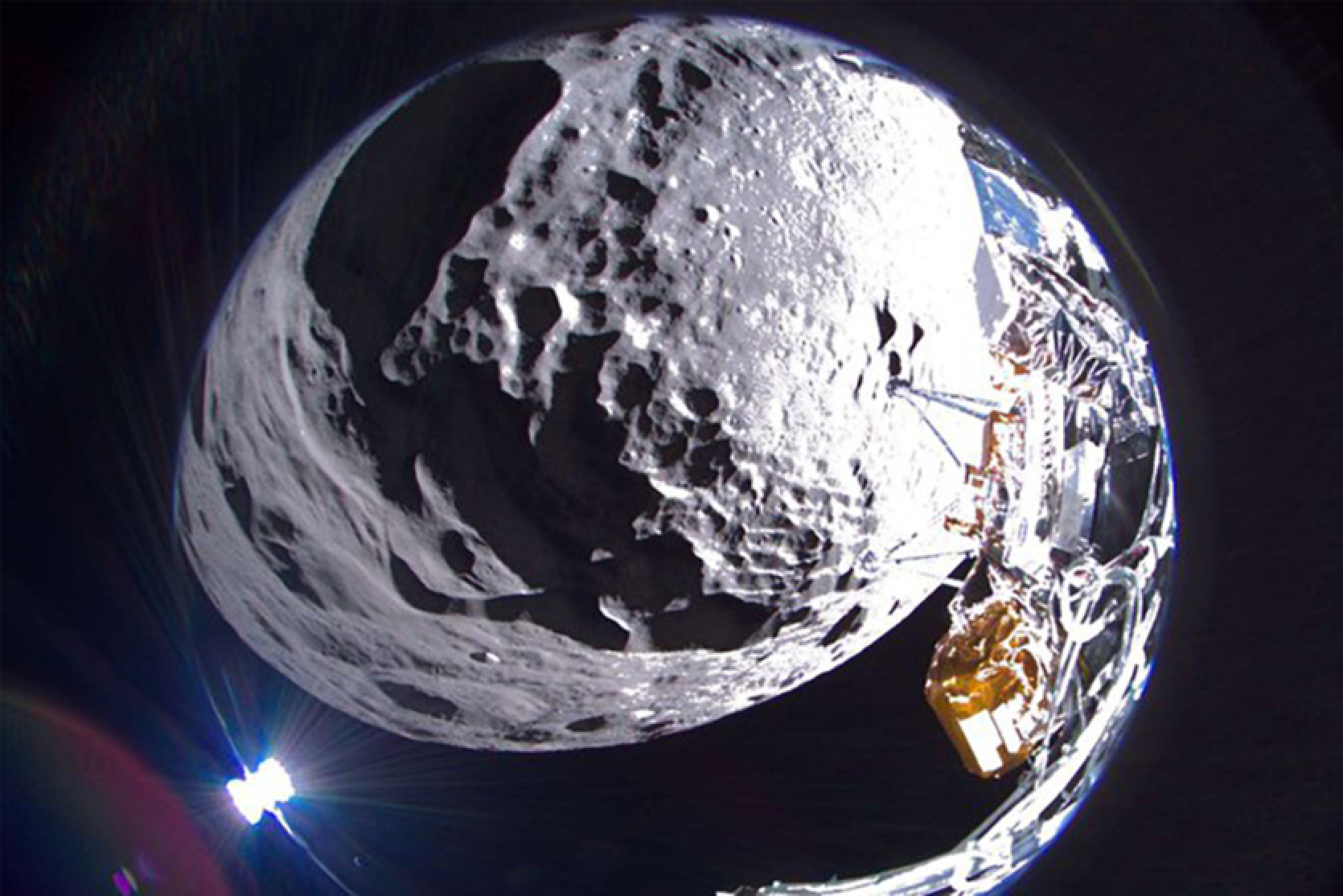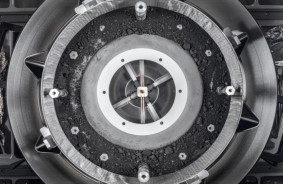The Odysseus spacecraft by Intuitive Machines experienced difficulties and was almost lost due to a mistake made by the company's staff - a safety switch that was not turned off before launch. The error caused the lasers, designed to navigate the spacecraft to a smooth, safe landing spot, to malfunction, as reported by Intuitive Machines co-founder and CEO Steve Altemus.
“It was a mistake on our side,” Altemus said.
“We would have realized just five minutes before landing that these lasers weren't working unless this random event hadn't happened,” said Tim Crain, co-founder and Chief Technical Officer of Intuitive Machines, during a briefing.
As the mission operators prepared for landing, they realized that the spacecraft was passing too close to the Moon's South Pole - the landing region. They thought they might need more distance for a proper landing. They just needed to command the spacecraft to change its position.
To check the spacecraft's location above the Moon, the staff tried to activate the laser rangefinders to check the surface - but the lasers wouldn't turn on. The emergency group started working in emergency mode and discovered that a physical safety switch, intended for safety during ground tests, was still turned on. This caused the lasers to malfunction.
Altemus remembered telling Crain that they would have to land the spacecraft without the laser rangefinders: “His face went absolutely white because it was like a punch in the gut that we would lose the mission.”
The stroke of luck was that one of the six NASA experiments on board the lander was testing a navigation system. The idea was to reprogram the lander's navigation system to use the lasers from this experimental setup.
Dispatchers moved the spacecraft to a different orbit and delayed the landing by about 45 minutes - this allowed time to upload a software patch that provided the lander with new instructions.
“In a normal spacecraft software development process, this would have taken a month. Our team did it in an hour and a half, and it worked. It was one of the best engineering feats I've ever had the opportunity to work on,” Crain noted.
Source: Business Insider














Comments (0)
There are no comments for now